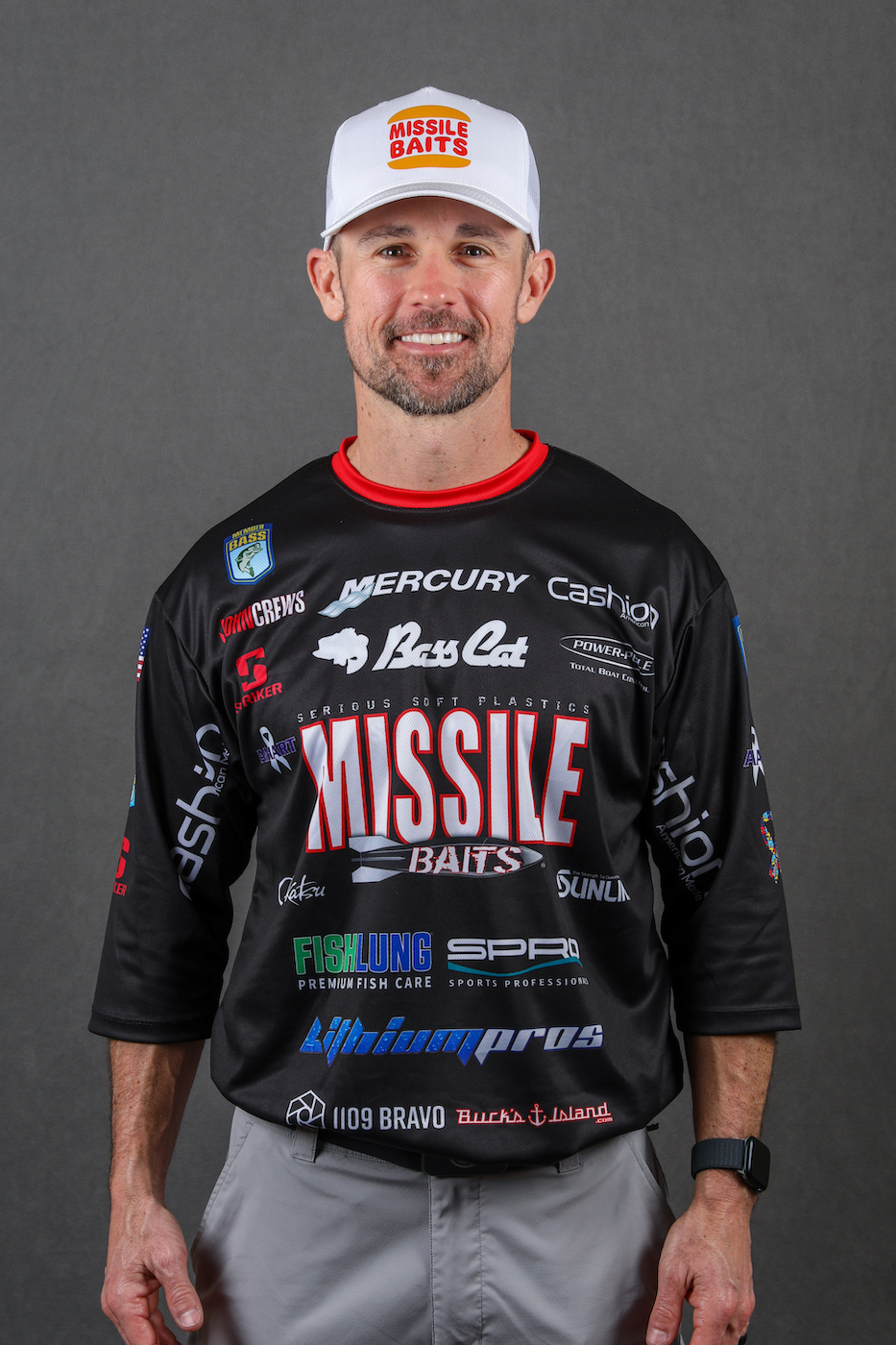We (professional anglers) get a lot of questions at this time of the year about how to catch bass in the cold water of winter. There’s no complete answer to that question, but I can start to answer it by saying that being versatile is critically important.
Before we get started, however, we need to define three terms. We’ll start with winter fishing. Once the water drops to 50 degrees or less it’s winter as far as I’m concerned. That’s the point at which I think everything starts to slow down.
The next term is versatility. For this article we can say that versatility means making fish-catching presentations throughout the water column, covering all depths as the fish move vertically to take advantage of whatever relief Mother Nature offers them.
The final term we need to talk about is deep water. That’s different in every body of water. It might be 10 feet in some lakes and rivers, and it might be 50 feet in others. It’s fair to say deep water is the deepest water that’s reasonably available to the bass in the lake you’re fishing.
Regardless, don’t think that when we talk about deep water we’re always talking about the main lake or the main river channel. Sometimes the fish will stay in the creeks and backwater areas if there’s deep water in the channel or somewhere else nearby.
That’s a good thing. It limits the amount of water you’ll need to fish to find them. The tough part is getting them to bite in cold water. That’s not the end of the world, however. They have to eat, and if you put something in front of them they’ll bite it. The trick is to think vertical.
I like to start my search with the obvious — jigs. They’ll cover the bottom. My favorites are a football head with a silicone skirt or a smaller, lighter finesse jig. My preference is to drag the jig along with my rod until I hit something. At that point I pull the jig up and let it swim or gently hop over that obstruction.
I’m not too picky about color. If the water’s clear or lightly stained I go with browns and purples. If it’s darker I prefer black and blue. When I use a trailer I want something that moves, but not too much. My preference is a Baby D Bomb made by Missile Baits. I like 12-pound-test fluorocarbon line for this application. Feel matters. My choice is Vicious Pro Elite.
My second option is a hard jerkbait. I want something with movement, but I don’t like a bait that’s wild and crazy. I like those that can be made to rise, fall or remain stationary with very little weight adjustment. My choice is the 110 McStick made by SPRO with a shad finish. It will twist on its own axis, and the weight can be adjusted with a simple swap of the hooks.
The most important part of working a hard jerkbait in cold water is the pause. Experiment with different lengths between twitches until you find what they want. Don’t get in a hurry. Fish are coldblooded creatures and it’s wintertime.
Another great bait is a plastic swimbait. You can fish this one from right under the surface all the way down to the bottom. Take several with you so that you can match the hatch as far as size and color is concerned. My first choice is the Missile Shockwave.
When you choose a head think about speed rather than depth. The reason you want a heavier head is because you’re going to move the bait faster to keep it where you want it, not because you’re fishing it on the bottom. It’s exactly the opposite with lighter heads.
Put these three baits in your boat and go fishing this winter. They’re not expensive, and they’ll all fish nicely on standard casting or spinning rods and reels.
But, make sure you wear a PFD and take a change of clothes along. It’s not easy to get back in a bass boat with three layers of clothes on and 5 miles back to the ramp can be a killer (literally) with wet clothes when it’s 30 degrees.





